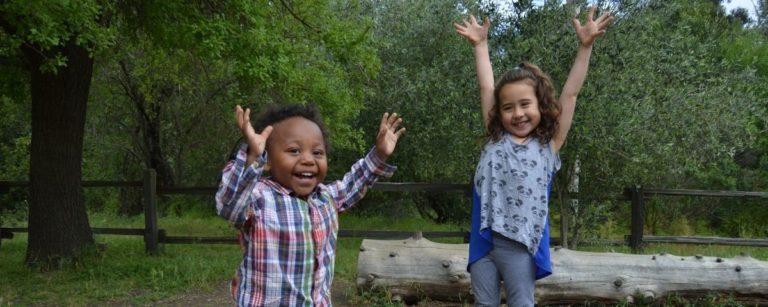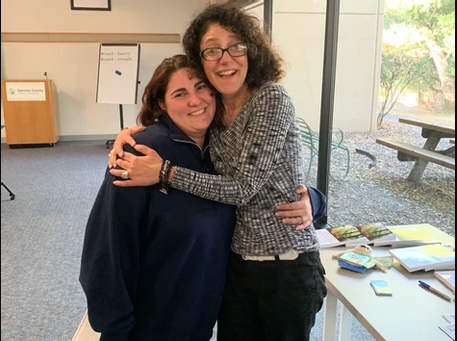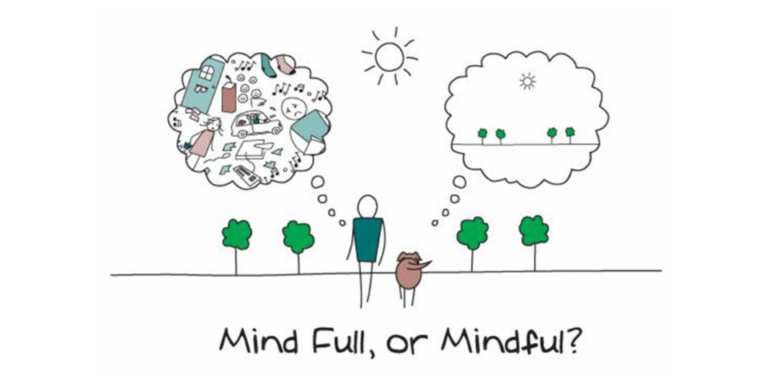Coping with Covid: How to Make the Most of Your Time at Home with High-Needs Children
By Laura Elizabeth DeHority, LMFT
Undoubtedly, kids everywhere are sad right now. For most kids, this doesn’t look like tears but more likely presents as anger, frustration, tiredness, numbness, displaced frustration and boredom. Does any of this sound familiar? It may sound like something you are hearing from your high-needs child, another child in your home, a child in someone else’s home — or even your inner child. There are universal feelings of sadness as our world is turned upside down and continues to be interrupted by disappointment and unwanted surprise.
High-Needs Parenting is complicated, because so much of what parents do for adopted and foster children that is good somehow becomes bad. In order to be available for your child, it is necessary to quickly understand your own emotions in an ever-changing environment, so that your parenting and modeling provide safety.
Recognize that all behavior is a form of communication. Behaviors can signal your child is running on high-emotional octane. These signs could indicate needs left unmet, such as gaining control over an area of powerlessness or variety seeking, causing engagement in risky or inappropriate and attention seeking behaviors. There are things we can do to build relationships when emotions are running high.
Strategies to help calm an anxious mind:
- Focus Time – Pleasant activities that are single-task oriented, read a book, listen to music or yoga.
- Play Time – Solve a puzzle, build a model, etc.
- Connecting Time – Have a conversation about a topic of mutual interest, play a game or listen to music with words.
- Physical Time — Goal-oriented exercise or planting a garden.
- Time In — Logical thinking or writing.
What about when your kids seem zoned-out or drained?
- Play Time – Non-Structured, Something New, Dance, Music, Theatrical Play, Create Art
- Connecting Time — Heartfelt conversation, express emotion, paint together
- Physical Time — Hiking in nature, dancing or taking a bike ride
- Time In — Creative time spent alone (not language oriented)
- Down Time — Letting our brain recharge and recover from feeling overwhelmed (can be alone or with another person).
Increasing Connection
Look for ways to connect with your child and to guide your child to connect to themselves. If your child is misbehaving and not talking, a positive behavior instead of a wall of words could help. Stop the talking, fixing or thinking. It is not helping. Trust feelings: if your heart is pounding in your chest, your kid’s probably is, too.
Talk about a neutral topic that interests your child, which allows you to enter your child’s world and establish a rapport, ultimately building attachment. The conversation is not intended to fix, control or change behavior. If talking feels right, ask questions and avoid directions, lectures or advice. By spending time in your child’s world, you earn the right to ask permission to give direction and have it heard.
Perhaps talking is difficult. Try engaging in activities where child has confidence and safety. Topics of conversation that are not 100 percent safe are 100 percent off the table. This means you may be learning to play Minecraft in silence.
Don’t get stuck, because you can’t readily identify what activity you and your child can engage in together. Reference the above activities. Our minds need to feel connected in our own bodies to form healthy attachment to others.
Expect difficult conversations. Choose a time when everyone is calm and most likely available for a hard topic. Prepare by creating a positive environment with essential oils and soft music. Meditation and breathing exercises help to provide a safe way to figure out what is going on behind the facts without allowing the emotions to run unchecked. Actively creating space and listening to your child’s needs preserves the child’s dignity.
Use this unplanned time at home to spend time in your child’s world. Allow their interests to guide what activity you do. Schedule 20 minutes every day to engage in an activity or have a neutral conversation with your child.









